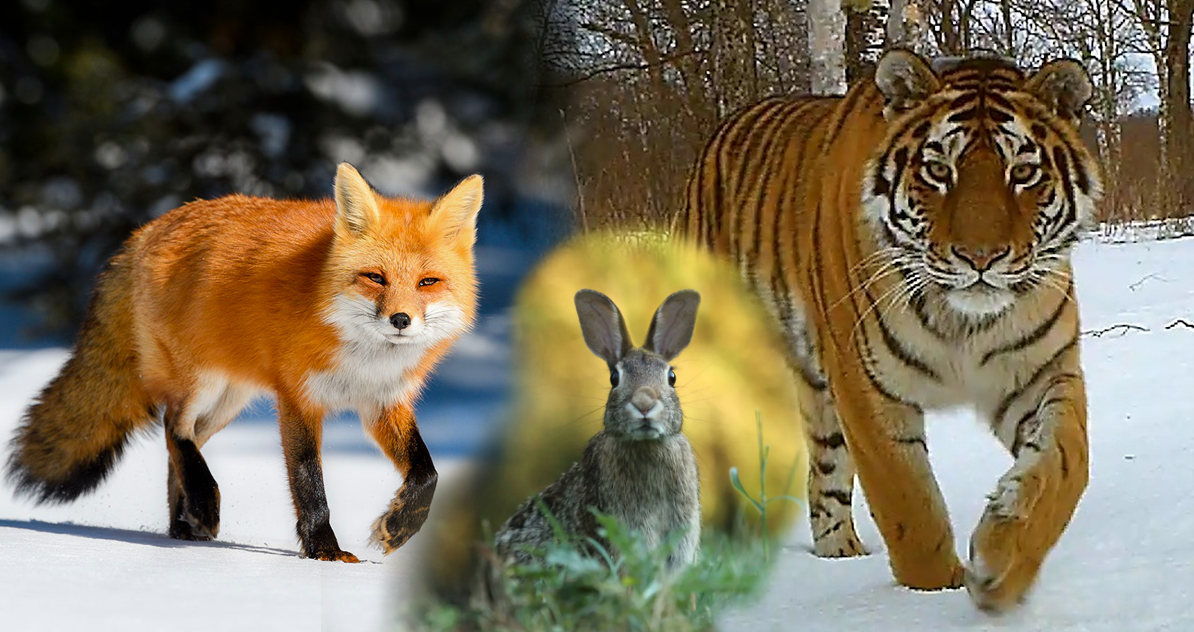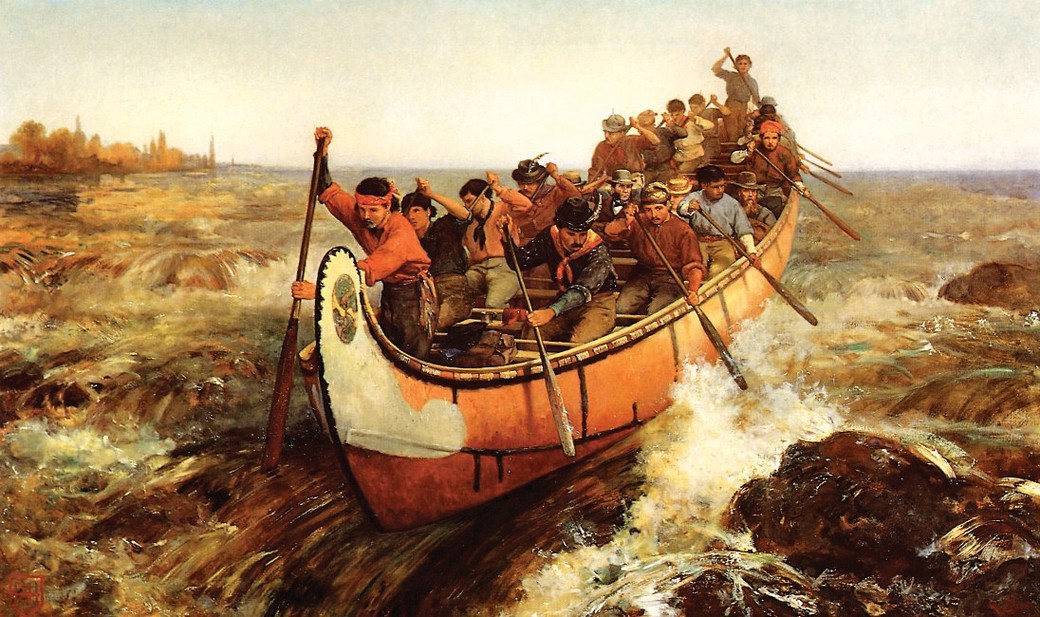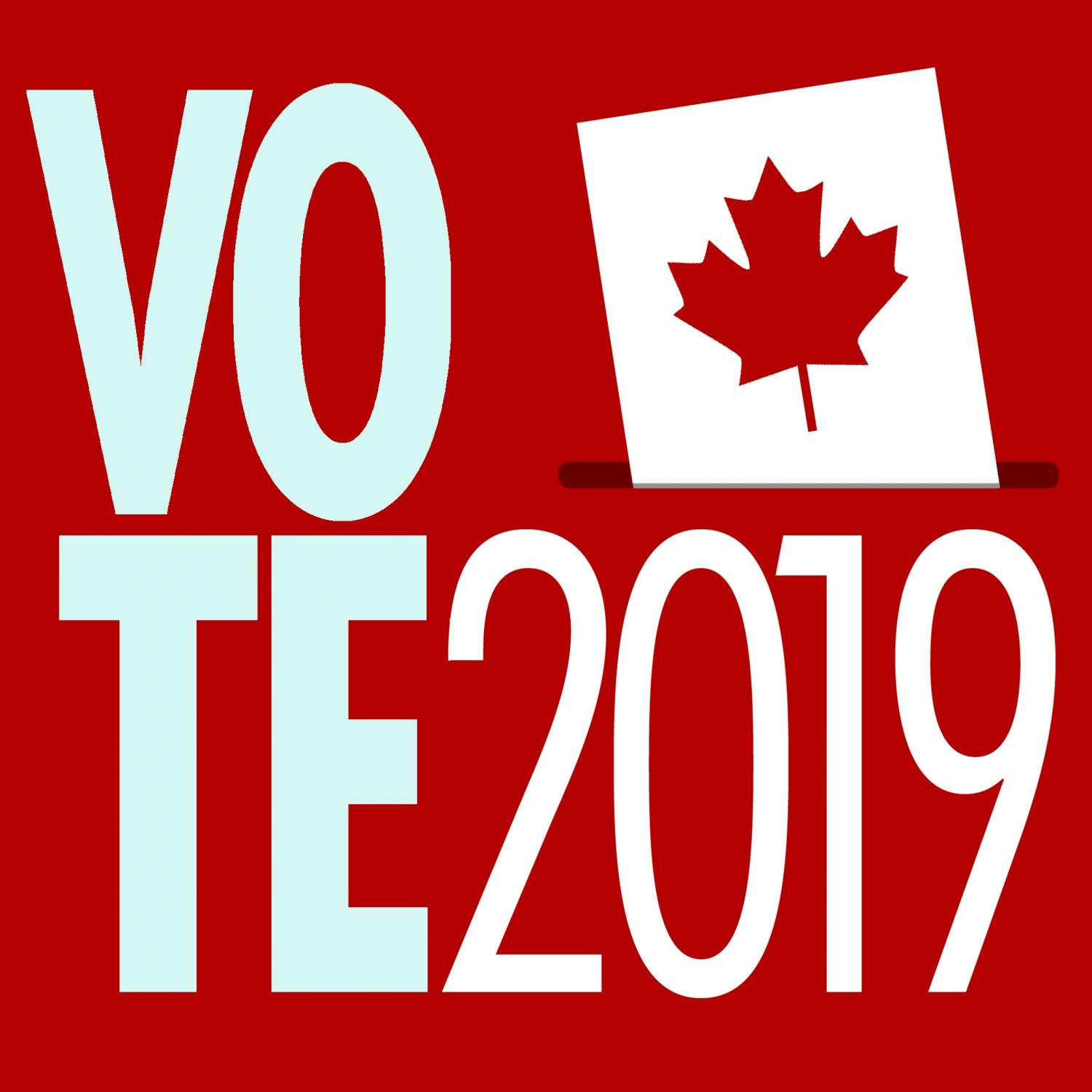
Tigers, rabbits, and foxes: the physiology of international tensions
All animals exhibit a fairly similar physiological response to threats. This is widely known as the “fight or flight” response, as elucidated first by Harvard physiologist Walter Bradford Cannon in 1914.Thus all animals react to stress by sending nerve signals to secrete substantial extra adrenaline from the adrenal medulla into the blood, while at the same time triggering a neuroendocrine cascade resulting in the secretion of lots of ACTH by the pituitary, which in turn triggers the secretion of lots of glucocorticoid by the adrenal cortex. Thus, blood pressure and heart rate go up, alertness increases, and plenty of glucose is pumped into the blood for energy for the muscles.
But that’s where the commonality bifurcates. It’s not called “fight OR flight” for nothing. Clearly, lots of factors go into deciding which it is. For familiar threats, the nature of the animal may give a clue. For powerful creatures like tigers, it may fairly frequently be “fight”. But rabbits experiencing the same neuroendocrine response are acknowledged specialists at running away and hiding. Foxes, somewhere in between in their ability to project power, may go either way, depending upon circumstance. The judicious variability in their response may even have led to them being stereotyped as clever.
The complexity of the response is the product of many factors, but both power and character figure prominently in determining the choice.
Some of the same notions can be applied to interactions between and among nation states, because when nation states are stressed by external threats, similar forces are at play. The equivalent of adrenaline release is the flurry of alerting discourse that takes place within any nation state that is exposed to an external stressor. The equivalent to a burst of glucocorticoids is the industrial and organizational gearing up to counter the threat. The recently much discussed Defense Production Act in the U.S., and similar emergency powers in other nations are examples of national mechanisms analogous to the glucocorticoid spike. Nation states are not organisms, but symbiotic systems. Nonetheless, their initial response to threats can look a lot like Cannon’s “flight or fight response”. This is still true when they are grouped in herds or packs known as alliances.
Of course, in the international arena, “fight” includes not only the military option, but also other power projection methods using economic and trade tools, as well as diplomatic initiatives and the information environment. Even culture can be weaponized in this day of instant communication. Similarly, “flight” can hardly mean moving your country into a safer neighbourhood, except perhaps as pertains to cyber and information operations, but it can mean exaggeratedly conciliatory or submissive behaviours and policies.
The capacity of any nation state to project power, be it military, economic, diplomatic, information or cultural power, may be the largest single factor in determining whether a nation is a tiger, a rabbit, or a fox. But other factors play too. For non-democratic states led by despots, the mindset of the despot and of the associated ruling clique strongly influences the “nature” of the nation state, in terms of the response to threat. For democratic nations, the national narrative, in all its variations, largely sets the character aspect of the response.
Thus it is no surprise that great powers, like apex predators in nature, may be more willing to “fight” when threatened, as they have the tools to do so. At this moment, the ability of the United States to project power in all categories exceeds that of its next few competitors combined. While this situation may not persist indefinitely, for now, at least, the U.S. is obviously and routinely a tiger, albeit one that is sometimes preoccupied with the rumblings in its own guts.
And the world’s least powerful nations are mostly content to be rabbits, trying to stay off the radar screens of all the others.
It is in between the extremes that we find the really interesting cases. The so-called middle powers ought logically to be foxes, if we consider only their ability to project power. But lots of other factors crowd in. What is the effect of living in a bad neighbourhood? And, like in the animal kingdom, does a previously unknown or relatively unfamiliar stressor evoke a more cautious response?
History matters. Canada is a middle power that probably should be a typical fox. It acted very much like a yearling tiger in two world wars, and found the experience so troubling and hurtful that in the time since, while handling some conflicts and tensions quite effectively as if it were a fox, it has also spent a great deal of energy at a wide variety of gatherings in the international arena doing rabbit imitations and erroneously calling that soft power. And it has used these performances abroad to burnish its rabbit credentials at home, despite outsiders being doubtful. Some modest harm has come from these well-intentioned antics, because they have led to a degree of underinvestment in the capabilities that a fox ought to have, resulting in some weakness in our basic capabilities of defence, as well as an inadequate degree of self-sufficiency in certain key industrial areas.
From this example and others, we can see that while the analogy to the physiological “fight or flight response” holds pretty well, the elements of national character that partly determine this imagined national phylogeny are vastly more malleable for nation states than they are in the rather hard-wired animal kingdom. To some extent, at least, nation states can decide what species they want to be. Of course, they must stay broadly within the limitations of their ability to project power, or the posturing becomes ridiculous. Thus we have the example of North Korea, a rabbit wearing a tiger skin vest as an unpersuasive disguise, and holding a live grenade in its teeth. It could do quite a bit of damage, but not without making itself into hassenpfeffer. Hence in all probability it can still be expected to act largely like a rabbit.
These somewhat lighthearted caricatures of nation states highlight the above-mentioned key divergence from the animal kingdom analogy. Children’s stories notwithstanding, animals cannot significantly change their power or their nature, except on a Darwinian time scale. But nation states can, to some modest degree. They can, with considerable effort, change somewhat their ability to project power. The factors that limit the range of such possible change include size, wealth, population and geography. But, within those limits, the governments of nation states can make choices that either increase or diminish economic, military or cultural power.
The second parameter, the nature or character of the nation state, is also adjustable, and perhaps rather more so than power. As noted above, history matters. But national narratives do change. The things that nation states and their peoples deem important are major drivers. For developed states, where most folk are adequately clothed, fed and housed, ideology is a non-trivial driver. To no-one’s very great surprise, nation states often do what they think they ought to do. We should be more interested in why they think they ought to do so.
External factors exert considerable influence on national stances. Australia and Canada have striking similarities, in culture, language, size, history, and the process of national evolution. But Australia lives in a less good neighbourhood than Canada. It shares no border with an allied tiger that is obliged to help it out in extremis. An unfriendly tiger not too far from it has been a bit aggressive towards it of late. It is a fox with distant friends and closer enemies. The response of the Australian fox has been to muscle up a bit. It routinely invests at least 2% of its GDP in defence, compared to Canada’s 1.3%. It is taking further precautions against economic penetration. Australia feels a bit on its own. Indeed, not quite as much as it did during the period of initial Japanese successes in the Second World War, but enough to adjust its stance.
From this and other examples, we can see that when a fox lives in a bad neighbourhood, it can make choices to become a somewhat tougher fox. Or perhaps a hybrid fox with some armadillo-like armor or extra tricks to discourage other foxes and slightly shopworn tigers. This is achieved in part by adjusting the national narrative. In a democracy, this is largely by using public debate to shift consensus. In dictatorships it can happen by imperial fiat and propaganda.
No nation state that is a fox facing an external threat, however toughened by good decisions about resource allocation and narrative, can feel entirely comfortable going it alone. In the natural world, protective packs or herds are invariably of the same species, but, in the international arena, alliances, coalitions and consortia of nation states usually encompass many species.
Tigers rather like alliances, coalitions and consortia, provided that they are allowed to lead them, because such aggregations not only reinforce them against challengers, but they also more widely distribute the costs of the response to threats.
Rabbits are often inclined to eschew alliances in order to keep a low profile, though commercial consortia are more favoured. Some rabbits, however, who live in bad neighbourhoods, or who share borders with foxes or tigers, may join alliances and coalitions for the usual reasons of self-preservation.
Foxes are the ones that most need alliances, coalitions and consortia, because without them every fox spends too much effort and treasure looking out for unfriendly tigers and the nastier foxes.
Big alliances like NATO invariably contain a senior tiger, the odd geriatric enfeebled tiger, plenty of foxes, and the occasional rabbit, sloth or vulture. And don’t pretend that you don’t know which states fit which descriptors.
At this point, you may well ask, is the author having too much fun? Is the comparison of the behaviour of nation states to the behaviour of animals just a pleasant diversion, or does it actually hold lessons for us? For those of us who reflect only infrequently on geopolitics, it is probably the latter.
Returning for a moment to the animal kingdom, it is evident that the physiological response to threats has evolved to encompass the notion of, “Si vis pacem, para bellum”. That is why, in nature, the majority of aggressive gestures are intended not to initiate a fight, but to prevent one.
Once a threat is sensed, displays of strength or of a willingness to stand one’s ground do ward off aggressors. That sounds rather like much of the discourse in the international arena as well.
So what are the most useful lessons that fox-like nation states wishing to prosper in peace can glean from the endocrine-driven responses of the relatively hard-wired natural world? Given the somewhat malleable phylogeny of nation-states, are there empirical guidelines? I can guess at a list of notional recommendations.
1. Do not pretend to be something that you are not. Or at least not exaggeratedly so. If you do, it will muck up your resource allocation decisions, and you’ll be found out anyhow.
2. Don’t lie to yourself. All your decisions are too visible for it not to be spotted.
3. Within your nature, take all reasonable steps to maximize your clout. In a democracy, the need to inform, persuade, and obtain the consent of the people will ensure that you don’t go outside the reasonable limits of change.
4. Help out your allies and friends when they need it. They may reciprocate when you need it. Eschew the traditional platitudinous gestures that might best be described as “all assistance short of actual help”, except as provided for in recommendation 6 below.
5. Take steps to build national confidence in the ability of the nation state and its allies to resist inappropriate external pressures, whether they be threats of direct physical or cyber engagement, economic and trade related threats, or attempts at cultural domination.
6. Participate generously in a wide range of bona-fide tension-reducing international multilateral organizations, even if one harbours doubts about their efficacy. It is the one form of virtue-signalling in the international arena that is actually respectable and can strengthen your case for help from allies.
7. Take special care when dealing with another fox that has been infected by any noxious non-state actor. Some nation states have thought they could host such entities in a form of symbiosis, or at worst, commensalism. It normally doesn’t work out well, Afghanistan at the turn of the millennium being a prime example. Commensalism quickly becomes parasitism. A fox infested with parasites is unpredictable.
If we then wished to apply these recommendations to Canada, what should we be doing to give them effect? Within the limits of reasonableness, what steps should the Canadian fox take to be better prepared to address external threats, be they physical, economic or cultural threats?
The most obvious first step would be to actually implement our long-standing notional commitment to spend 2% of GDP on defence. Within our alliances we have actually agreed that it is the appropriate steady-state level of peacetime expenditure, but we just haven’t done it. We are still at 1.3% of GDP. This not only makes us weak defenders of our own sovereignty, and limited contributors to the coalitions that we enter into, but also makes some of our allies a bit cynical about us, which has the potential to be risky if and when we need their help. And since, as a relatively peaceable fox, we are inclined to project physical force abroad only in cooperation with established allies in pursuit of widely agreed-upon necessary action, we might become rather more indispensable to them if we developed some very high expertise in some niche areas of defence, without, of course, giving up a general overall competence. Such niche specializations could make us more highly prized in alliance or coalition initiatives. To be fair, some of this has been done, but only very modestly, because the current constrained defence budget just barely keeps the Canadian Armed Forces ticking over.
Economic hardening is relatively straightforward, but it too has some costs. Strategic diversification of trading partners is an oft-touted and laudable goal, but more honoured in the breach than the observance, because it entails some costs. Nonetheless, it remains the best way to still take advantage of the efficiencies that flow from using international supply chains and fully participating in global trade without taking undue risk. But we also must identify a suite of strategically important goods and capabilities for which some Canadian capacity needs to be maintained in the event of a crisis or supply disruption. In the past I have co-authored reports to help the government identify expendable materiel related to defence for which we need an on-shore back-up supply chain. But the Covid-19 pandemic has certainly taught us and our politicians that other things, like vaccines, PPE, and other medical supplies and equipment may also not always be readily available from global supply chains, and that it would be vastly better to be able to develop and produce such things in a jurisdiction over which we have some control, even if it somewhat increases the costs of key supplies.
External cultural threats are primarily information operations, both cyber and conventional. There are costs to countering them too, though they are less substantial than for physical or economic threats. Occasionally the cost is in terms of marshalling the political courage to identify an information operation and subject it to suitable public calumny. And sometimes there is a financial cost of spurning commercial suitors that are information operations in disguise. Canada’s relationship with China, for example, has been known to stumble into both these areas.
All the above-listed measures have costs. Up till now, it has been considered politically dangerous to subject the Canadian people to these costs, so political leaders have paid only lip service to the concepts. Emergency supplies expired, vaccine production capacity declined, and defence recapitalization and icebreaker production programs got postponed, all because the politicians believed that the voters wanted very high standards in thriftiness, as well as infinitely slow acquisition processes to absolutely guarantee probity. And yes, the voters do want thrift and probity. But, news flash, those same voters also pay willingly for insurance on their houses, cars, and lives, in the hope that they will never have to collect. If the national government does not do the same, it has failed in its first purpose. The first purpose of a government is to protect the lives and the safety of its citizens and of the state. Fail in that, and no other duty of government has meaning. A smart fox would buy the insurance.







